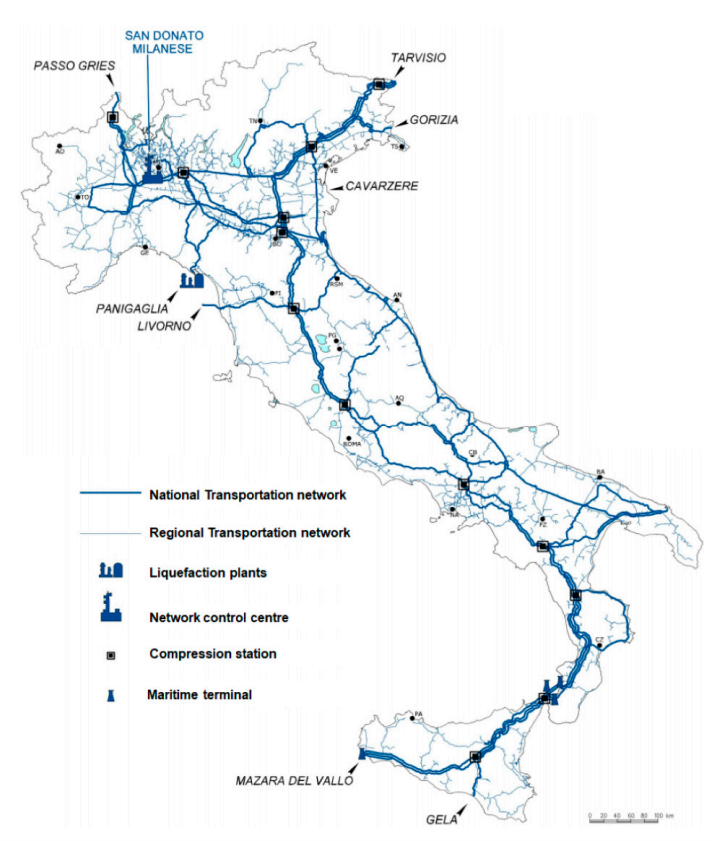The growing rate of electricity generation from renewables is leading to new operational and management issues on the power grid because the electricity generated exceeds local requirements and the transportation or storage capacities are inadequate. An interesting option that is under investigation by several years is the opportunity to use the renewable electricity surplus to power electrolyzers that split water into its component parts, with the hydrogen being directly injected into natural gas pipelines for both storage and transportation. This innovative approach merges together the concepts of (i) renewable power-to-hydrogen (P2H) and of (ii) hydrogen blending into natural gas networks. The combination of renewable P2H and hydrogen blending into natural gas networks has a huge potential in terms of environmental and social benefits, but it is still facing several barriers that are technological, economic, legislative. In the framework of the new hydrogen strategy for a climate-neutral Europe, Member States should design a roadmap moving towards a hydrogen ecosystem by 2050. The blending of “green hydrogen”, that is hydrogen produced by renewable sources, in the natural gas network at a limited percentage is a key element to enable hydrogen production in a preliminary and transitional phase. Therefore, it is urgent to evaluate at the same time (i) the potential of green hydrogen blending at low percentage (up to 10%) and (ii) the maximum P2H capacity compatible with low percentage blending. The paper aims to preliminary assess the green hydrogen blending potential into the Italian natural gas network as a tool for policy makers, grid and networks managers and energy planners.


